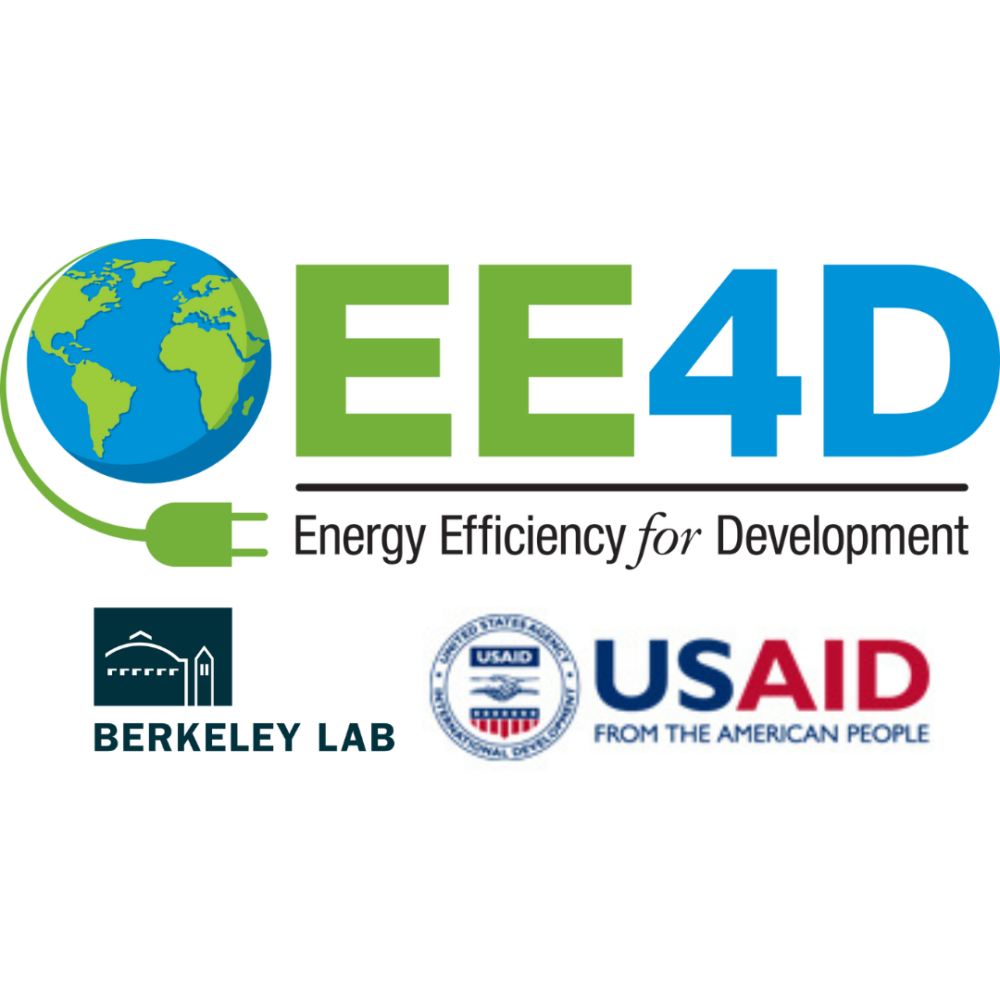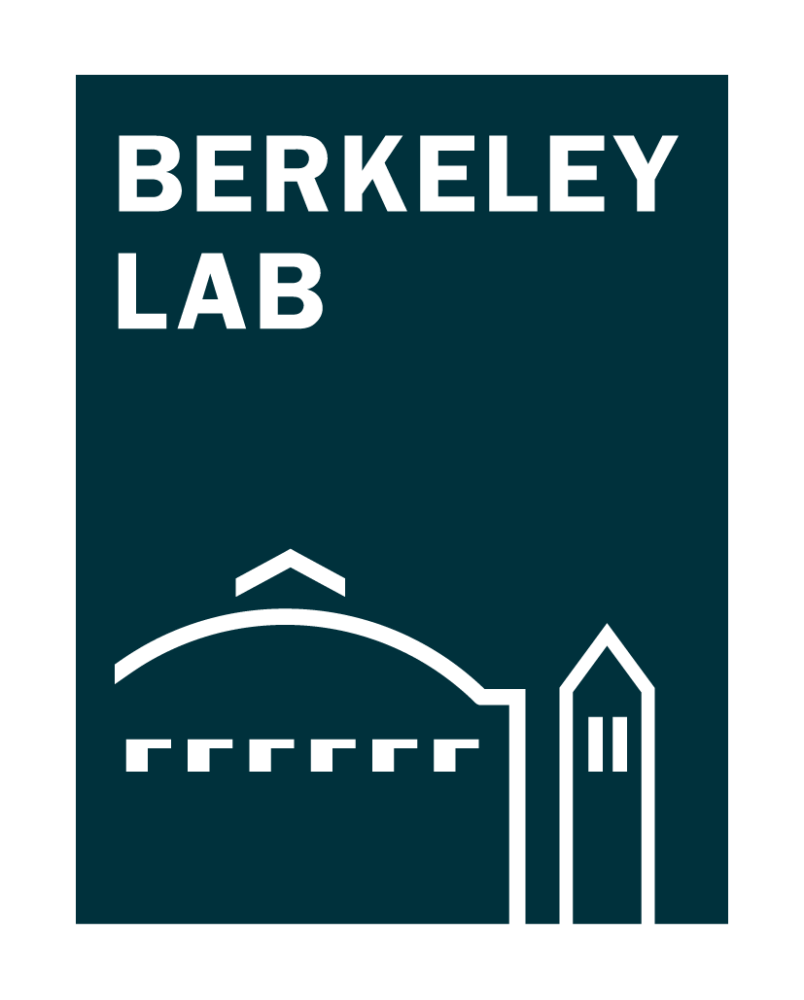Energy efficiency programs can show concrete benefits that are significant in terms of reducing overall energy demand and meeting national goals for energy security and environmental protection. Further, most governments actively plan for energy demand growth and mitigating the effects of climate. Unfortunately, there is often a disconnect between plans for energy demand and supply: energy planners lack awareness of energy efficiency policy, and energy efficiency implementation is not well-integrated with greater national goals. Addressing this gap through development of comprehensive energy efficiency planning models and building capacity within the planning agencies to model and interpret the impacts of energy efficiency policy builds political will and empowers action. Technical assistance is needed when power sector and environmental ministries lack a deep understanding of the dynamics of energy efficiency policy and the root drivers of energy demand. It helps integrate energy efficiency into national power development and integrated resource plans, enabling targets and strategies for low emissions development strategies (LEDS), and implementation of Nationally Determined Contributions (NDCs).
Energy Efficiency Policy Prioritization and Road Mapping
Policy prioritization refers to the selection, resource allocation, and time-ordering of specific policy actions to reduce energy demand according to existing national targets. While energy demand is often forecast according to macroeconomic trends (e.g., population and GDP), development of effective policies requires a more detailed picture that includes use patterns in households, services, industry, and transport as well as growth trends in specific energy end uses (e.g., air conditioners and electric vehicles). A meaningful model of energy use is based on detailed base year data and projects energy consumption, related emissions, and peak electricity demand. Once these are in place, sensible plans or roadmaps can be developed detailing how the energy efficiency policies listed above can contribute to national goals. Technical assistance in this area involves providing modeling expertise to develop the aforementioned results, but more importantly builds local capacity within the appropriate ministries to continue this work and also helps communicate the value of energy efficiency policy to political leaders.
Technical Assistance Toolkit
Technical assistance objectives for energy efficiency policy prioritization and road mapping build modeling and planning capacity in order to bring energy efficiency together with planning. They should include:
-
Bottom-Up Energy Demand Forecasting – Comprehensive and detailed models of energy consumption by sector and end use, with projections of growth according to economic and technological trends.
-
Planning Department Capacity Building – Training of planning staff on the incorporation of bottom-up modeling and integration of energy efficiency policy planning into national planning strategies.
-
National Plan Roadmapping – Adaptation of policy prioritization into actions and timelines by specific government entities according to well-specified targets.
Energy Efficiency Utility Resource Planning
Energy efficiency can represent a particular opportunity for regulated and/or public energy utilities. In this context, energy efficiency programs can be seen as sources of benefit in three distinct areas: 1) reduction of energy input costs, 2) leveling of loads to better match demand with supply, and 3) meeting the requirements of energy savings targets or renewable energy portfolio goals. Several steps are necessary in order to optimize efforts and ensure capture of this resource. First, the savings potential and resulting avoided energy costs must be broadly evaluated. Next, specific energy efficiency measures and cost-effectiveness of implementation must be evaluated. Finally, a plan for implementation must be developed and followed, and impacts must be measured through robust evaluation protocols. Each of these steps is an appropriate subject for technical assistance, especially in situations in which utilities are unaccustomed to promoting energy efficiency.
Technical Assistance Toolkit
Energy Efficiency Utility Resource Planning should include:
-
Utility Perspective Energy Efficiency Cost-Benefit Analysis – Expansion/modification of traditional consumer-focused analysis to include avoided capital costs, renewable resource availability, and time-dependent cost of production.
-
Program Design – Identification and rank ordering of most high-impact and lowest cost energy efficiency programs from the utility financial perspective.
-
Awareness Raising / Stakeholder Outreach – Training on concepts of energy efficiency programs as a utility financial tool and program design best practices.


